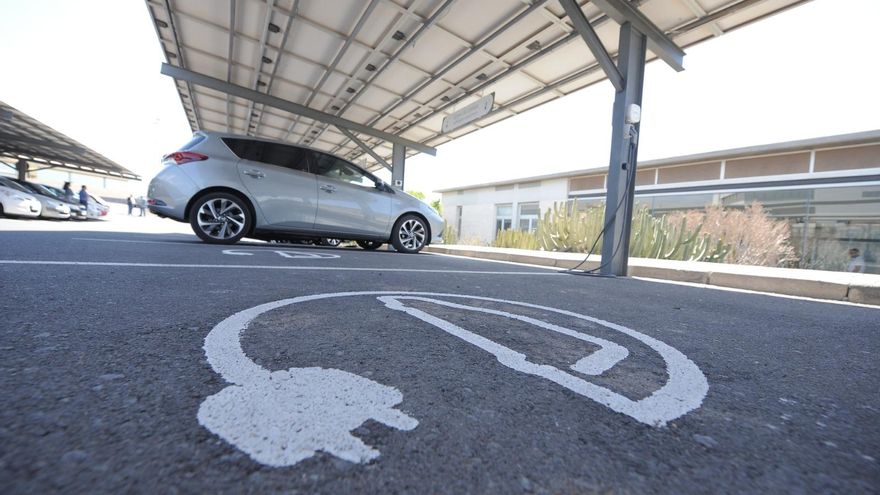
A network of 38 recharging stations is set to promote the use of electric vehicles in Tenerife. Spread across the entire island, it is expected to be completed by the end of this year or by early 2025, with a cost of 2,671,000 euros, financed by the Island Council’s own funds and aids from European Union’s Next Generation funds. The insular area of Natural Environment, Sustainability, and Safety and Emergencies is working on building semi-fast and fast capacity facilities to supply the connection for the next generation cars
The responsible councilor, Blanca Pérez, emphasizes, “We are making important decisions in the field of clean energy and sustainability.” In this sense, she highlights “the promotion of this insular network of recharging points and the development of another one in parallel in the tourist areas.” She stresses the goal for the 38 facilities to be operational within the mentioned timeframe. She emphasizes that “we must embrace the path towards eco-friendly and environmentally respectful driving with these initiatives.” Pérez recently held a meeting with the secretary of the Electric Vehicle Users Association (EVUA), Héctor Rodríguez, in which the insular director of Natural Environment, Pedro Millán, was also present. He points out that “EVUA has been committed to electric and sustainable mobility for over a decade, and we wanted to have a meeting to discuss the project.” Designs for the new points are already advanced, and the councilor announces that “in a year we will be able to count on semi-fast (22kw) or fast (50kw) recharging”.
Tourist Areas
[–>
Pedro Millán explains that eight points are promoted by the area and are spread throughout the island, while the remaining 30 are linked to the tourist areas with a high influx of visitors. “Any user with a compatible electric or hybrid vehicle can use them,” he asserts. The goal is to have a very powerful recharging network in Tenerife. Additionally, the forecast includes having chargers adapted to new technologies that will allow for intelligent management of the entire network. “This way, we cover an important gap because we were the only island without a recharging network,” concludes Blanca Pérez. The representative of EVUA, Héctor Rodríguez, highlights that “the progress is visible, and finally, the issues of electric mobility are being addressed by the Island Council.” He believes that “it is great news after many years with virtually no movement in this regard.” He considers that “there is already a planning and projects in progress that are intended to be completed in the short term.”
A Dual Approach
[–>
The creation of the 38 recharging points for electric vehicles is divided into two lines of work. On the one hand, it contemplates the construction of eight points throughout different municipalities with the Island Council’s own funds, for which 486,000 euros are budgeted. On the other hand, the 30 points in the island’s tourist network, mainly distributed in the areas with the highest visitor influx, have a cost of 2,185,000 euros. Some of them include the construction of a small marquee. These new facilities are associated with a 1,325,000 euro grant from European Union’s Next Generation funds but are linked to Tourism Sustainability Plans. The remaining 860,000 euros are earmarked as the Island Council’s own funds.
Reducing Emission of Gases
[–>
“The purpose of this initiative is to start building an insular network of recharging points for electric vehicles located in public roads,” stated Rosa Dávila, president of the Tenerife Island Council, who also ensures that “this way, we contribute to the objectives of reducing greenhouse gas emissions.” Always “in the context of the policies to combat global climate change,” explained Dávila. The distribution of this recharging point network across the entire island complements other privately-owned stations and even infrastructures such as those of the Technological Institute of Renewable Energies (ITER) that have been offering this service for a while.
















